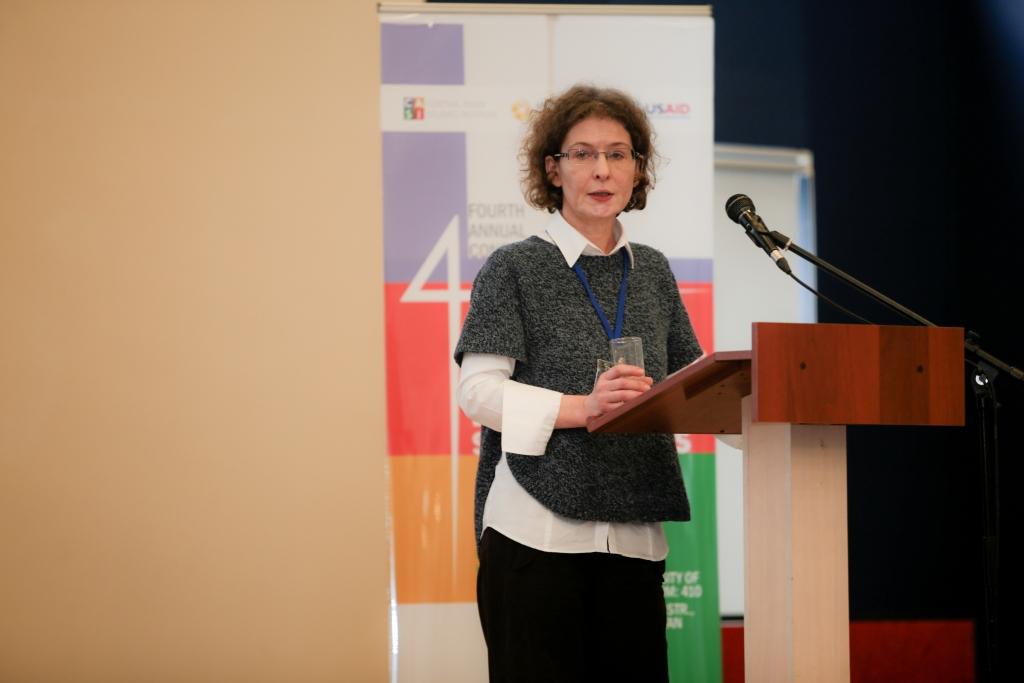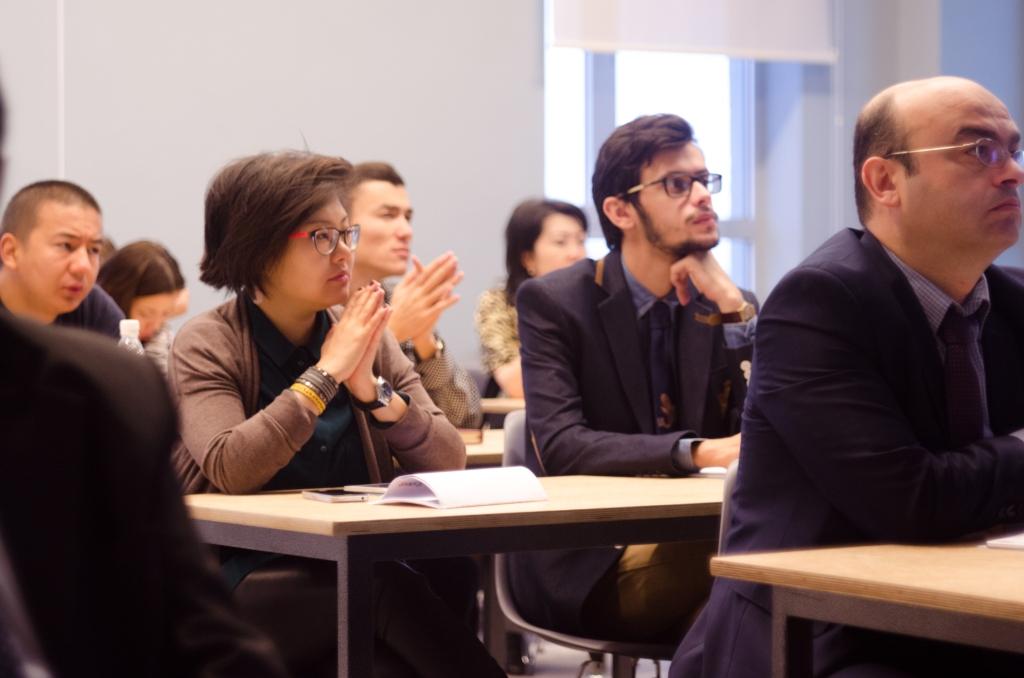January 18, 2016
CASI Fourth Annual Conference “The Eurasian Economic Union: political, economic and social aspects”, October 31 – November 1, 2015
Central Asian Studies Institute’s (CASI) fourth annual conference dedicated to the politics, economics and social dynamics of the Eurasian Economic Union took place at the American University of Central Asia’s (AUCA) brand new campus on October 31 and November 1, 2015. Indeed the conference was planned to coincide with the official opening of the University’s new home, representing this institution’s role as the region’s hub for research and intellectual cooperation. This CASI conference was truly international, showcasing a variety of perspectives and approaches to the contentious issue at stake. Scholars from as far as Brazil and India presented their research at the conference along with colleagues from Armenia, Poland, Russia, Italy, Lithuania, Kazakhstan, Turkey and Kyrgyzstan.

The conference commenced following the opening remarks from the President of AUCA Andrew Wachtel, the Governor of the National Bank of Kyrgyzstan and an AUCA alumnus Tolkunbek Abdygulov and CASI Director, Svetlana Jacquesson. The panellists of the inaugurating section of the conference then presented an overview of the debates surrounding the Union, touching upon geopolitical imaginaries of the Eurasian ‘great space’ (Vadim Volovoi); the search for a mysterious ‘Eurasian identity’ (Khachik Galtian); the international politics of Central Asian states balancing between two great powers – Russia and China – while attempting to preserve their ‘national interests’ (Fabio Indeo). Finally, Dina Iglikova concluded the first panel discussion with a theoretical exploration of a possibility for the development of a ‘security community’ – a region in which war becomes unlikely and even unthinkable - in Central Asia.
Day two of the conference elaborated on all these issues with some theoretically and empirically focused contributions. The second panel of the conference started with a retrospective look at other examples of regional integration, such as Zollverein, the German customs union formed in early 19th century between Prussia and its neighbouring states (Gerald Pech). This historical approach was complemented by an analysis of state interests coming into competition with the interests of regional integration in the EEU, with some states still being clear winners while others remain largely at loss. Kairat Moldashev illustrated this dynamic with an image – borrowed from a famous fable by Krilov - of a swan, a crab and a pike all harnessed into the same carriage, while pulling in opposing directions.
The following panel looked at wider regional implications of the EEU, examining the roles of India (and by extension, South Asia) and Turkey (representing the ‘Turkic world’). The concluding two panels of the conference looked at concrete aspects of the Eurasian integration, giving assessment to the economic effects and perspectives for development of Central Asian states and Kyrgyzstan in particular.
All sessions were followed by (at times heated) discussions among the conference participants and the audience revealing the controversial and deeply political nature of the processes taking place in the Eurasian space. Overall, the conference confirmed that how one sees the EUU largely depends on where they stand – both geographically, politically and theoretically.
